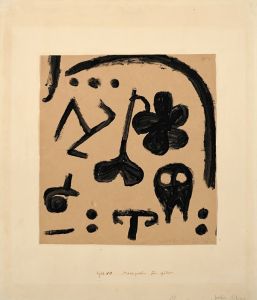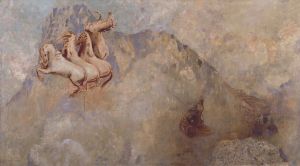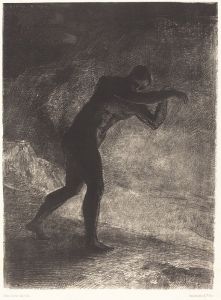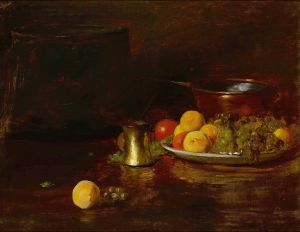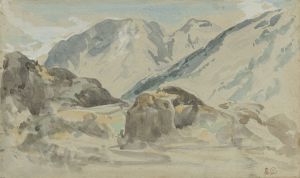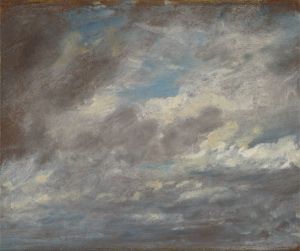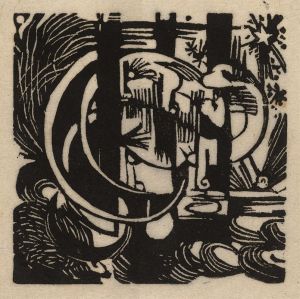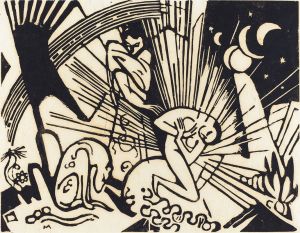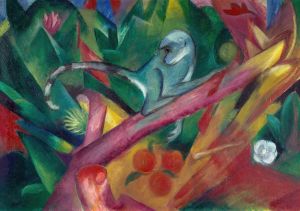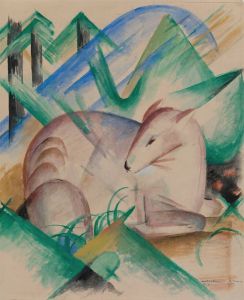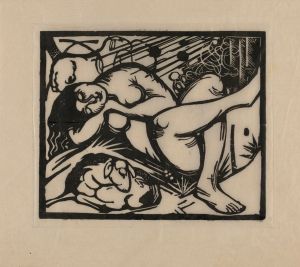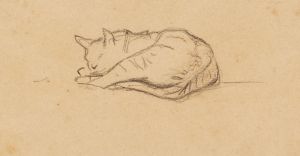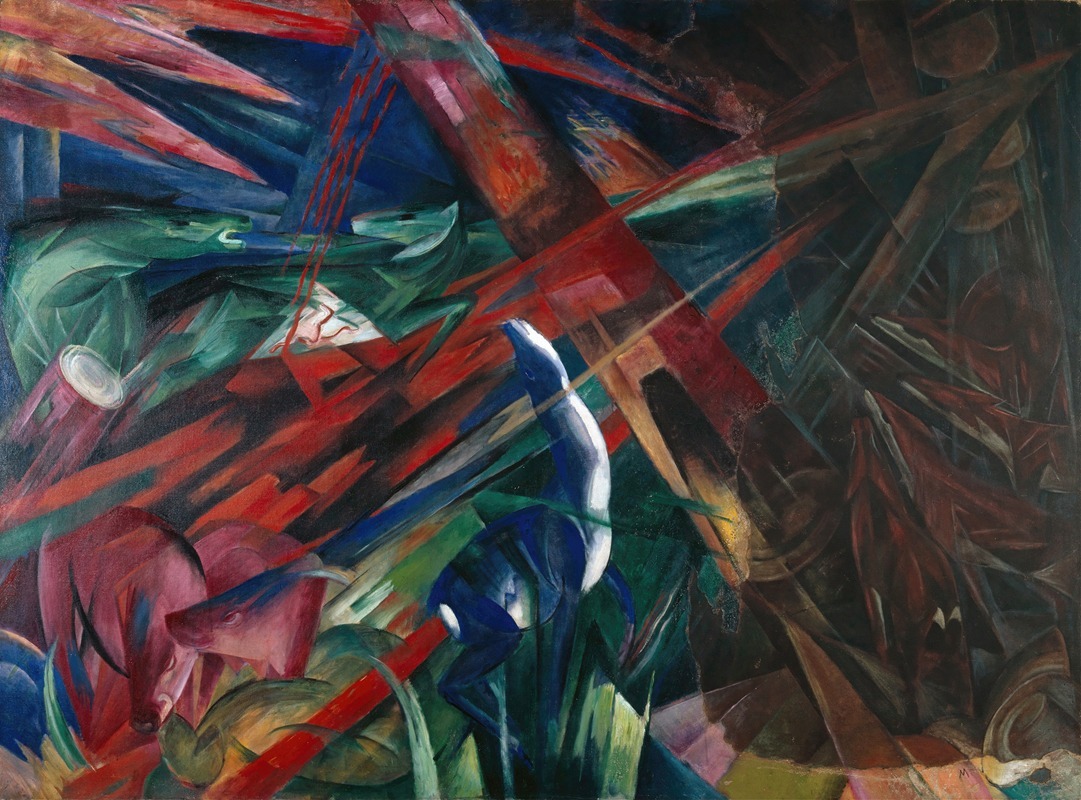
Animal Destinies
A hand-painted replica of Franz Marc’s masterpiece Animal Destinies, meticulously crafted by professional artists to capture the true essence of the original. Each piece is created with museum-quality canvas and rare mineral pigments, carefully painted by experienced artists with delicate brushstrokes and rich, layered colors to perfectly recreate the texture of the original artwork. Unlike machine-printed reproductions, this hand-painted version brings the painting to life, infused with the artist’s emotions and skill in every stroke. Whether for personal collection or home decoration, it instantly elevates the artistic atmosphere of any space.
"Animal Destinies" (also known as "Tierschicksale") is a painting created by the German artist Franz Marc in 1913. Marc was a key figure in the German Expressionist movement and a founding member of the art group Der Blaue Reiter (The Blue Rider), which played a significant role in the development of modern art in the early 20th century.
Franz Marc is renowned for his depictions of animals, which he often used to express his views on the natural world and the human condition. In "Animal Destinies," Marc employs his characteristic vibrant colors and dynamic compositions to convey a sense of movement and emotional intensity. The painting is notable for its use of bold, contrasting colors and abstract forms, which are hallmarks of Marc's mature style.
"Animal Destinies" depicts a chaotic and tumultuous scene filled with various animals, including horses, a central theme in Marc's work. The animals appear to be in a state of distress, which reflects the artist's concerns about the impact of industrialization and war on the natural world. The painting's composition is fragmented and disjointed, creating a sense of disarray and tension. This technique is indicative of Marc's interest in Cubism and Futurism, which influenced his approach to form and structure.
The painting was created during a period of significant personal and artistic development for Marc. In the years leading up to World War I, he became increasingly preoccupied with themes of destruction and renewal, which are evident in "Animal Destinies." The work can be seen as a reflection of the broader cultural and political anxieties of the time, as Europe was on the brink of a devastating conflict.
Franz Marc's use of color in "Animal Destinies" is particularly striking. He believed that colors had symbolic meanings and could evoke specific emotions. In this painting, the vibrant reds, blues, and yellows create a sense of urgency and unease. Marc's innovative use of color and form helped to establish him as one of the leading figures of the Expressionist movement.
"Animal Destinies" is housed in the Kunstmuseum Basel in Switzerland, where it is part of the museum's extensive collection of modern art. The painting is considered one of Marc's masterpieces and is frequently studied and exhibited as an example of his unique artistic vision.
Franz Marc's life and career were tragically cut short when he was killed in action during World War I in 1916. Despite his relatively brief career, his work has had a lasting impact on the development of modern art. "Animal Destinies" remains a powerful and evocative testament to his talent and his deep connection to the natural world.





